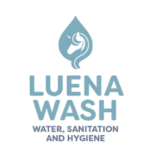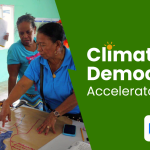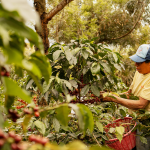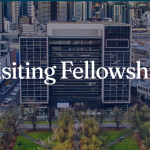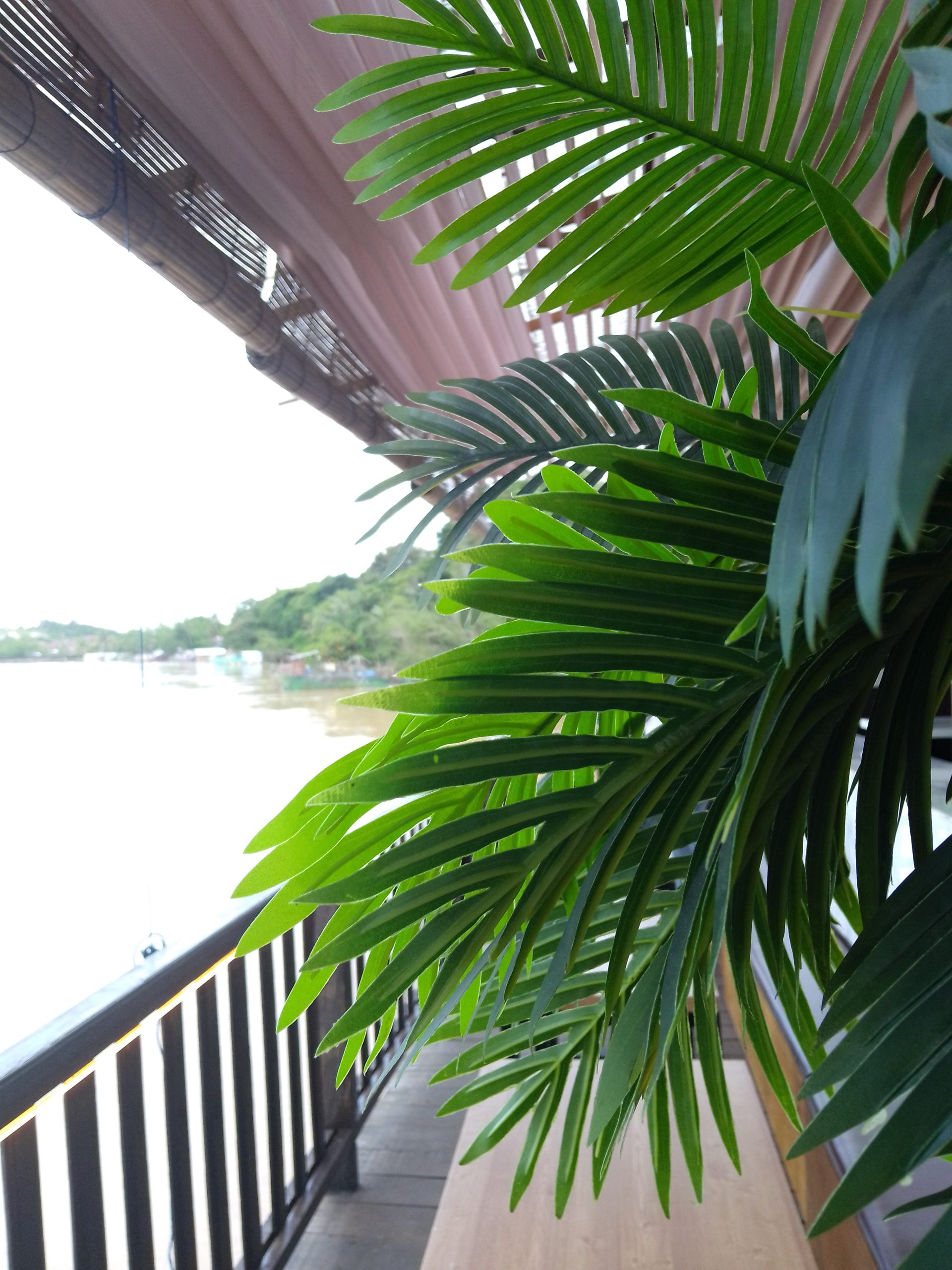Consolidated and compiled By Happy Tarumadevyanto | Independent Consultant | Environmental Asia | happy.devyanto@environmental.asia
A “thriving landscape” signifies a healthy, resilient, and flourishing environment that supports both ecological well-being and human prosperity. It goes beyond mere survival or sustainability, aiming for a state of active growth, regeneration, and vitality.
Here’s a breakdown of what it typically means:
Ecological Health:
- Biodiversity: A rich variety of plant and animal species that interact effectively within the ecosystem.
- Healthy Ecosystems: Functioning natural processes, such as clean water cycles, fertile soil, and balanced predator-prey relationships.
- Resilience: The ability of the landscape to withstand and recover from disturbances like climate change impacts (e.g., extreme weather, drought), disease, or human pressures.
- Regeneration: The capacity for the ecosystem to renew itself and improve over time, rather than simply maintaining a static state.
Human Well-being and Connection:
- Sustainable Livelihoods: Communities that can derive economic and social benefits from the landscape in a way that doesn’t degrade its natural resources.
- Cultural Significance: Landscapes that hold emotional, cultural, and social value for the people who inhabit them, reflecting local identities and traditions.
- Community Engagement: Active participation of local communities, including indigenous peoples, in the planning, management, and conservation of the landscape.
- Improved Quality of Life: The landscape provides essential goods and services (e.g., clean air, water, food) and opportunities for recreation, spiritual connection, and well-being.
Key characteristics often associated with a thriving landscape include:
- Native plant species: Supporting local biodiversity and adapting to the climate.
- Healthy soil: Rich in nutrients and supporting strong plant growth.
- Effective water management: Ensuring sufficient and clean water resources.
- Minimal pollution: Reducing negative impacts from human activities.
- Integrated human activities: Human land use (agriculture, forestry, urban areas) is harmonized with natural systems.
- Long-term management plans: Collaborative efforts for sustained health and productivity.
In essence, a thriving landscape is one where nature and people coexist and flourish in harmony, mutually supporting each other for long-term health and prosperity.

